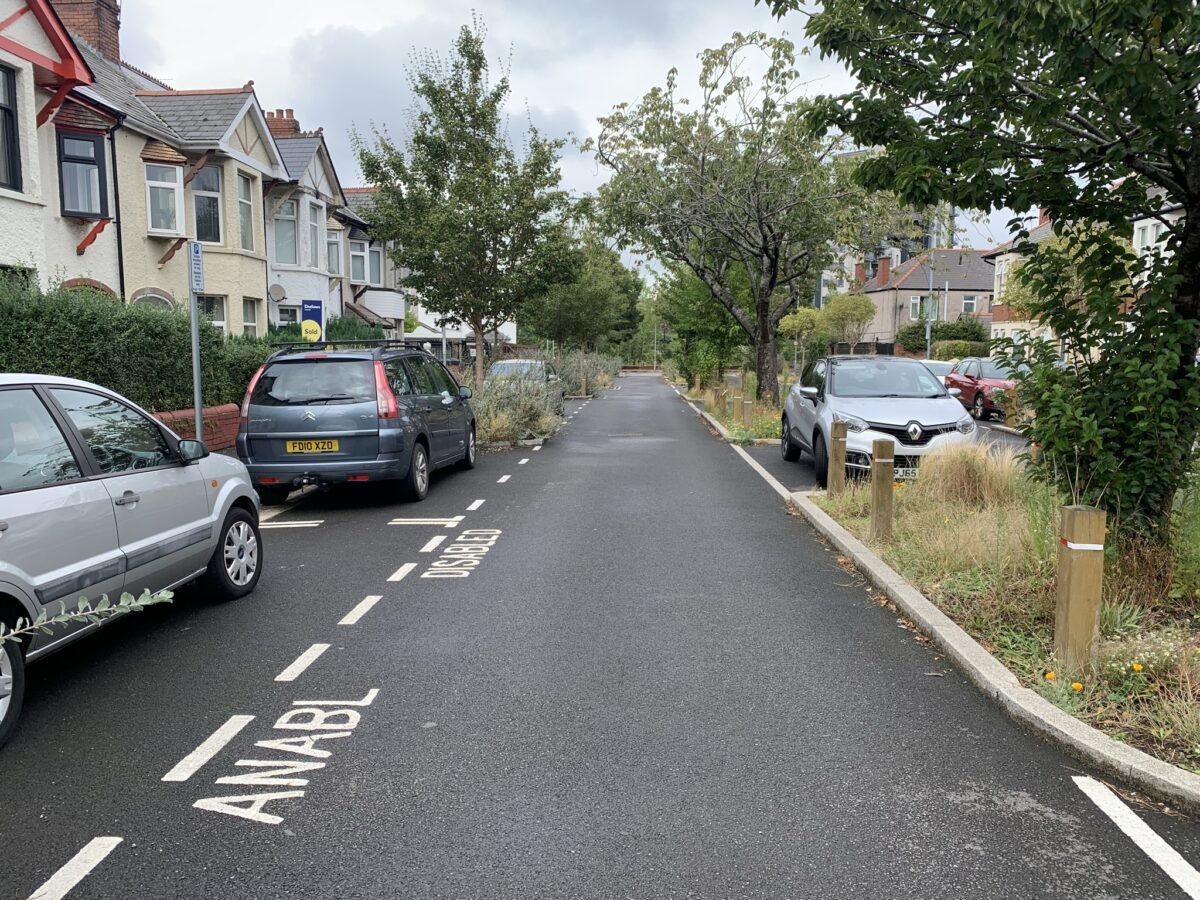
Enhancing Street Design and Placemaking: The Opportunity of 20mph Speed Limits
Jon Tricker, Placemaking Director at PJA, CIHT Member
Placemaking has gained increasing prominence in Wales as planners and designers strive to create vibrant and people-centric streets. One effective measure to achieve this vision is the introduction of the default 20mph speed limit in urban areas. Such an innovative strategic move will not only foster safer streets but also lays the foundation for better street design and higher levels of placemaking.
First and foremost, reducing the speed limit to 20mph will improve road safety. Studies consistently show that lower vehicle speeds significantly reduce the severity of accidents, making streets safer for pedestrians, cyclists, and motorists alike. By instilling a culture of responsible driving, these schemes encourage greater awareness and consideration for vulnerable road users, thereby improving overall road safety.
Moreover, a 20mph speed limit fundamentally transforms the dynamics of street design. Lower traffic speeds can reduce driver visibility requirements, creating less highway-led forms of street design. Road infrastructure can be reimagined to prioritize the needs of people walking and cycling. Wider footways, safer cycling, and enhanced crossings become feasible options, empowering individuals to embrace active travel. Such redesigns create not only visually appealing and accessible streets but also foster social interactions, thus strengthening the sense of community and civility within the neighbourhood.

Beyond road safety and street design, 20mph becoming the norm will act as a catalyst for better placemaking. Slower traffic encourages a more relaxed and enjoyable environment, attracting people to spend time outdoors. This, in turn, boosts local businesses and enables the establishment of public spaces like parks, public spaces, and community gardens. A calmer atmosphere will encourage cultural events, and more street landscaping, further enhancing the unique identity and character of established and new neighbourhoods. Grangetown, Cardiff, has achieved many of these benefits where the introduction of active travel, landscaping and SuDS have transformed the streets.

Recent examples from Cambridge highlight some areas of innovative neighbourhood street design. In Accordia, Cambridge, the wider selection of street hierarchy, such as car-free streets, play streets, and mews, along with more traditional street types, has created the conditions for a lovely new neighbourhood with low traffic speeds, successfully showing how planners and designers can prioritize pedestrian-friendly environments through good design.

Designing narrower streets with slower traffic allows for increased green spaces, pocket parks, and communal areas, fostering a sense of community and encouraging social interactions. Safe cycling on the carriageway becomes feasible, promoting sustainable mobility options. Embracing the 20mph concept enables a human-centric approach to street design, creating a harmonious and inviting living environment for residents. Although not trafficked, Marmalade Lane, also in Cambridge, showcases how streets can be reimagined as community spaces with a broad spectrum of uses.

In conclusion, introducing slower speeds in Welsh residential neighbourhoods will have far-reaching benefits beyond safety alone. By initiating a shift in traffic culture, it serves as a steppingstone for better street design, improved mobility, and elevated placemaking efforts. Embracing the concept of 20mph speed limits is a progressive step towards creating inclusive, sustainable, and vibrant neighbourhoods that prioritize their residents' well-being and quality of life.

